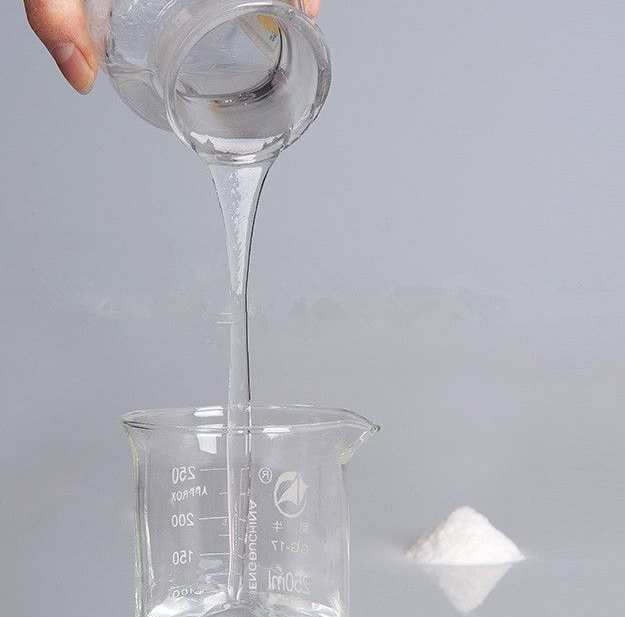Hydroxypropyl Methylcellulose (HPMC) ether is a key additive used in gypsum plaster formulations. It serves several crucial functions that enhance the performance, workability, and durability of gypsum-based products in construction. Here’s an overview of what HPMC ether is and how it benefits gypsum plaster:
1. What is HPMC Ether?
HPMC ether is a chemically modified cellulose derivative that is used primarily as a thickener, binder, film-former, and water-retaining agent. It is created through the etherification of cellulose, which involves replacing some hydroxyl groups on the cellulose molecule with hydroxypropyl and methyl groups. This modification makes HPMC ether water-soluble and gives it unique properties suitable for use in construction materials like gypsum plaster.
2. Role of HPMC Ether in Gypsum Plaster
Gypsum plaster is widely used in construction for wall plastering, ceiling work, and other decorative finishes. When HPMC ether is added to gypsum plaster, it provides several key benefits:
a. Improved Water Retention
- Purpose: One of the primary roles of HPMC ether in gypsum plaster is to improve water retention. This is critical because gypsum needs sufficient water during the hydration process to achieve optimal strength.
- Effect: HPMC slows down the evaporation of water, ensuring that the plaster cures evenly, prevents cracks, and improves adhesion to surfaces.
b. Enhanced Workability
- Purpose: HPMC ether increases the ease of application by improving the consistency and flow of the plaster mixture.
- Effect: It makes the plaster smoother, easier to spread, and more workable, which reduces labor time and ensures a higher-quality finish.
c. Extended Open Time
- Purpose: Open time refers to the duration during which the plaster remains workable after being applied to a surface.
- Effect: By using HPMC ether, the open time is extended, giving workers more time to adjust and apply the plaster before it sets.
d. Improved Adhesion
- Purpose: Strong adhesion to surfaces such as concrete, brick, or drywall is essential for long-lasting plaster.
- Effect: HPMC ether enhances the adhesive properties of gypsum plaster, ensuring it bonds securely to substrates and reduces the risk of delamination or cracking.
e. Better Sag Resistance
- Purpose: Sag resistance is important when applying plaster to vertical surfaces or ceilings.
- Effect: HPMC ether helps improve the viscosity and structure of gypsum plaster, preventing it from sagging or running down vertical surfaces during application.
f. Crack Resistance
- Purpose: Cracking can occur due to uneven drying or shrinkage during the curing process.
- Effect: HPMC ether helps to maintain uniform moisture distribution, reducing the likelihood of shrinkage cracks or surface defects in the finished plaster.
3. Key Properties of HPMC Ether for Gypsum Plaster
- Water Solubility: HPMC ether dissolves easily in water, making it ideal for use in wet formulations like gypsum plaster.
- Viscosity Control: HPMC ether contributes to the thickening of the plaster, ensuring the right consistency for application.
- Non-Toxic and Biodegradable: HPMC ether is environmentally friendly, making it a preferred choice for sustainable construction practices.
- Thermal Stability: It can withstand high temperatures during the setting process, which is crucial for the durability of gypsum plaster.
4. Applications of HPMC Ether in Gypsum Plaster
HPMC ether is used in various types of gypsum-based construction products, such as:
- Gypsum Wall Plaster: Used for finishing walls and ceilings.
- Gypsum-based Joint Fillers: HPMC ether ensures a smooth texture and crack-free joints.
- Gypsum Skim Coat: Used for fine finishing on surfaces before painting.
- Lightweight Gypsum Products: HPMC enhances performance in lightweight applications, providing stability and adhesion.


